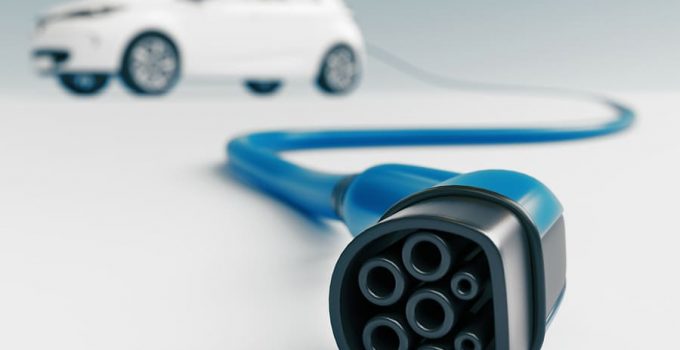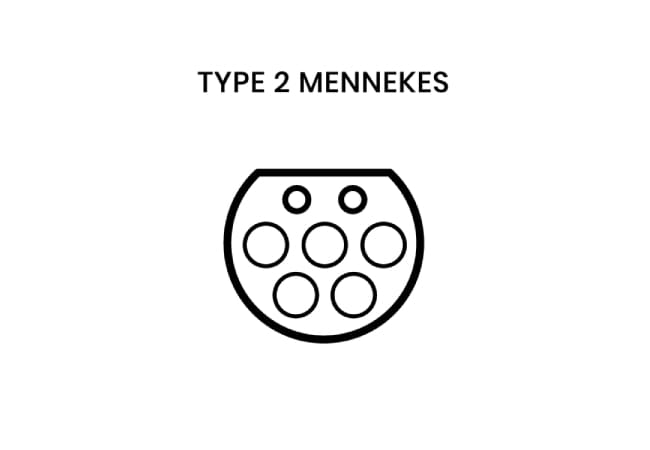
Since electric cars are becoming more and more popular these days and more and more people are deciding to do without a vehicle with a combustion engine and thus taking a big step towards environmental awareness, there is also a need for information about the accessories and equipment of e-cars is getting bigger. There is a lot of information about the electric car itself, about its drive, its battery, the charging options and possible ranges today. Especially those motorists who are considering the possibility of purchasing an e-car are showing a lot of interest in how charging from home works. In general, the process is straightforward and simple. If you have a charging station at home, you can charge the car overnight using the house electricity. Owning a wall box in particular makes charging extremely convenient, as it can be charged in a very short time.
But is that all there is to know about charging? Or do other things need to be taken into account? As a matter of fact. Because very few people know that there are also different types of plugs for charging e-vehicles at this point. In the following, we want to go into the various types of plugs, reveal details about the charging type and performance, and list general information about each type. We will now go into all these aspects and thus give you a rough overview of the accessories for an electric car.
Contents
What are the most well-known connector types for electric cars?
When asked about the most well-known plug types for electric cars, one can name, for example, the Schuko plug, the type 1 and type 2 plug, as well as the CCS plug and the CHAdeMO plug.
At this point, the Schuko plug is built like a normal plug, so its design fits into the normal sockets that we know and that are installed in residential buildings. The power here is 3.7 kW, and charging is carried out by three-phase current. This plug can be used via the classic household socket, but it charges relatively slowly compared to other types.

The type 1 connector, on the other hand, provides maximum performance 7.6 kW and is also operated via three-phase current. This type of connector is most commonly found in American or Asian vehicles.

The Type 2, on the other hand, has an output of 43.5 kW and will also work with three-phase current. This is the classic standard plug for electric cars in Europe. These items can therefore be found in public charging stations, but also in wall boxes that you install at home.
Now let's move on to the most powerful of the connector types. The CCS has an output of up to 350 kW and the charging method here is direct current. This product is mainly found at fast charging stations.

Then there is the CHAdeMO. The power here is also relatively high at 200 kW, while the charging method is also direct current. Most vehicles from Asia have this type, and they can also usually be found at fast charging stations.
Fast charging stations – what are the advantages and disadvantages?
By now everyone has heard of them: fast charging stations. They enable fast charging in the shortest possible time. This can usually be completed in 30 to 60 minutes. But are there only advantages here or do these stations also have disadvantages? Definitely, there is a downside here too. Charging with a fast charging station should always be an exception. So, for example, if they forgot to charge the vehicle overnight and there is no time to wait, then a fast charging station may be acceptable. Because the battery of the vehicle suffers from such a quick charge. This can reduce the lifespan of the batteries if they are charged too frequently at these stations. Incidentally, this is not only the case with e-cars, but also with mobile phones, for example. So the advantage of a quick charge is the reduced waiting time, but this is not a good solution for the battery. It is better to save the battery and connect it to a wall box. The charging process takes longer here, but the battery stays in perfect condition for longer.
What are the charging cables for electric cars?
In addition to the different types of plugs for electric cars, there are also various charging cables. A distinction is usually made between the mode 2 charging cable and the mode 3 charging cable. First to the Mode 2 charging cable: you can purchase it in a wide variety of versions. You usually get this part from the manufacturer when you buy an e-car so that you can connect it to the usual sockets in the household. The Mode 3 charging cable, on the other hand, connects the electric car to a charging station. These items are priced at 100 to 200 euros, while the purchase of a mode 2 charging cable costs 150 to 250 euros. However, you shouldn't be too stingy at this point. It is better to buy a more expensive, but also high-quality charging cable. Remember that the charging cable is the link between the power source and the e-car. This connector is crucial for a gentle charging of the battery. If you buy a particularly cheap charging cable and it has a negative effect on the car's battery, you may soon have to spend large sums of money to buy a new battery. So quality is the top priority here.
The conclusion and a tip from CarTipsandmore
In summary, it can be said that there are different types of plugs for charging e-vehicles. The Schuko plug, as well as the type 1 and type 2 plug, as well as the CCS and the CHAdeMO should be mentioned here. These are characterized by different types of charging, as well as different performance. In addition, they are represented differently depending on the continent and country. Once you've decided on the ideal item, it's important to note that fast charging stations should only be used as an absolute exception. The battery suffers from rapid charging, which is why you should carry out most charges using the conventional method or with the help of a wall box. When choosing the charging cable, the top priority is: you should not save money here. Opt for high-quality products so that your car's battery runs smoothly for a particularly long time. At this point, CarTipsandmore recommends that you pay particular attention to the fact that the plug – whichever one you have chosen – sits particularly well and securely in the socket. If there are problems with the connection and the charging process does not start, lifting the cable usually helps. If you have any further questions, the manufacturer of the e-car can help you with words and deeds.
